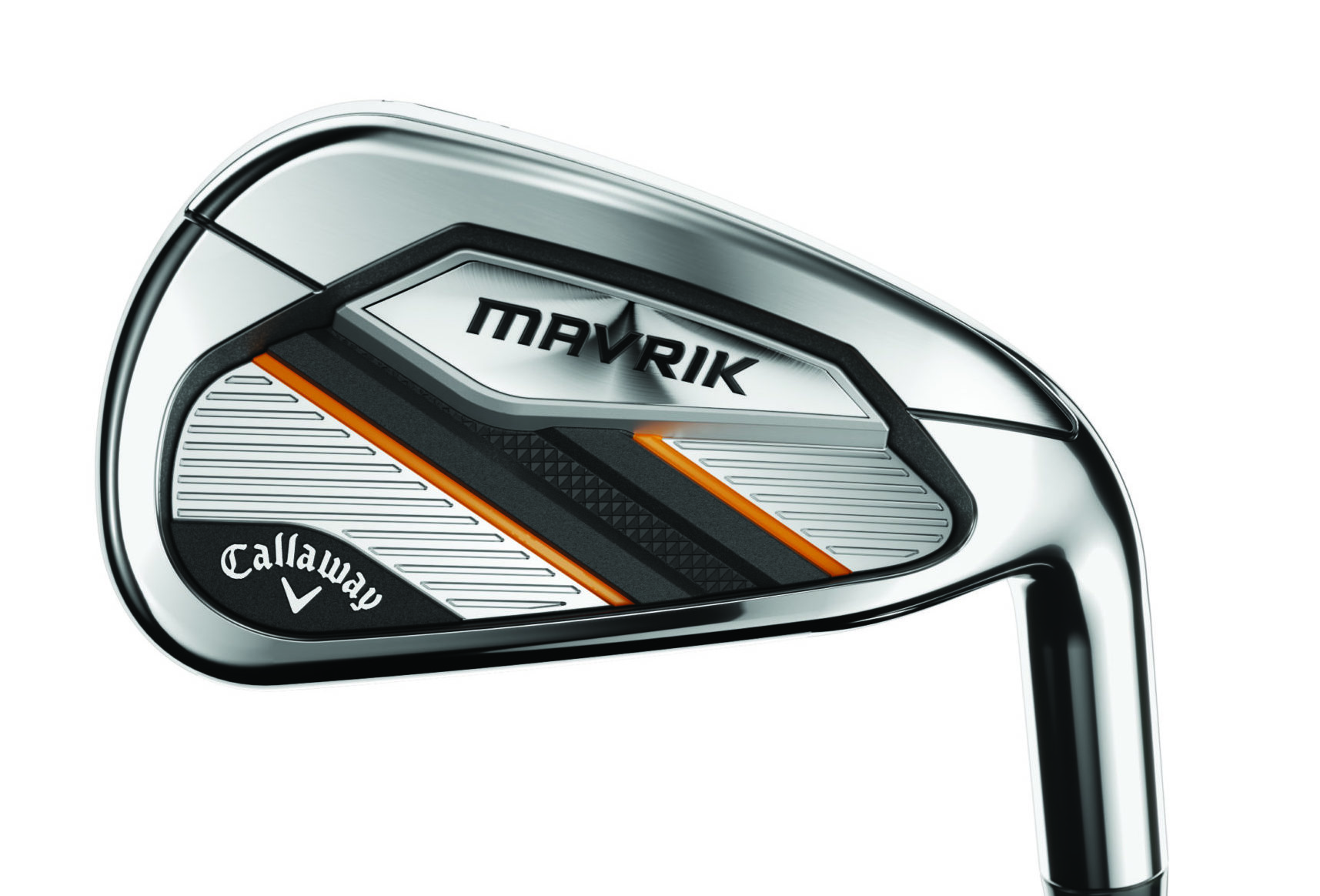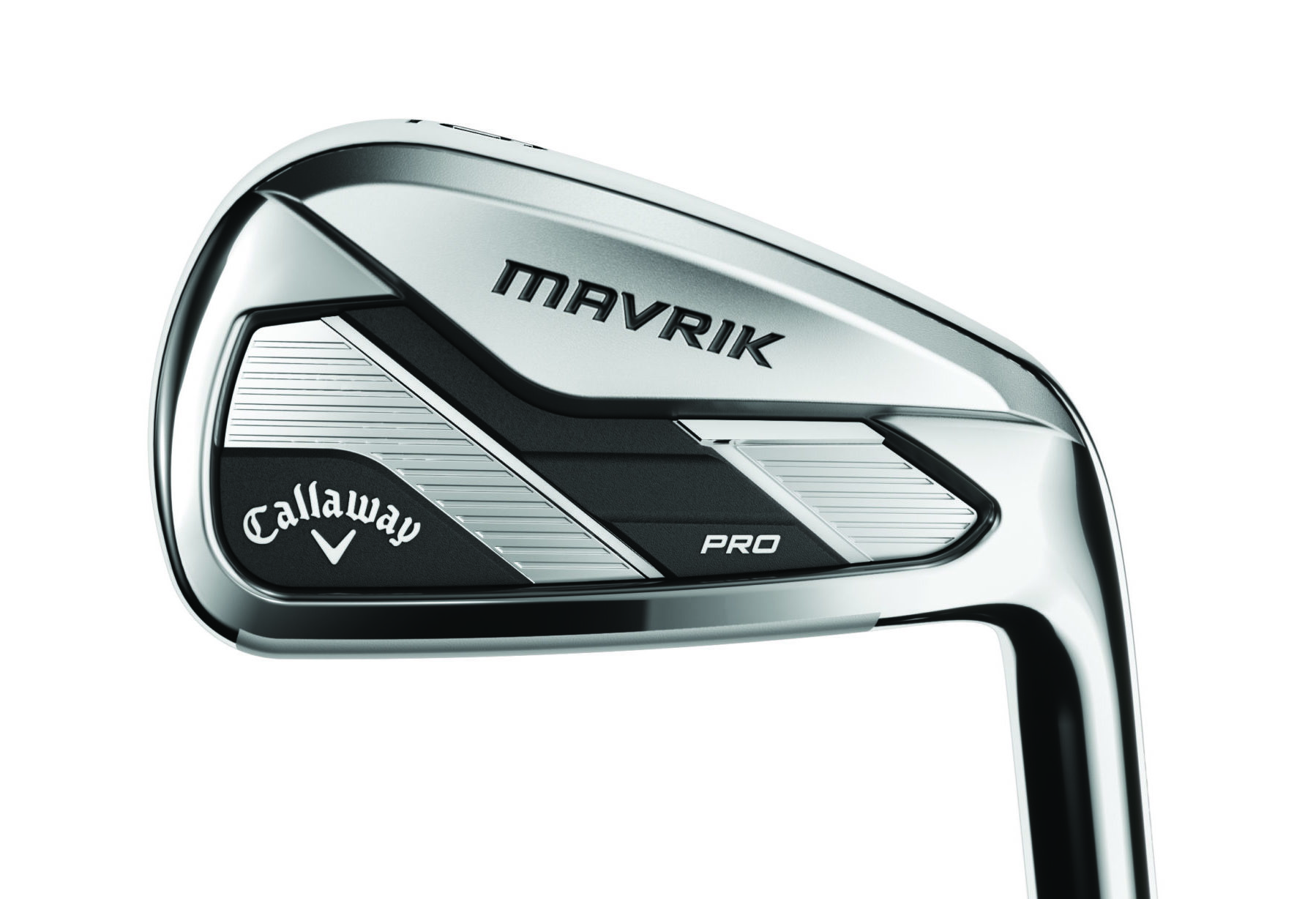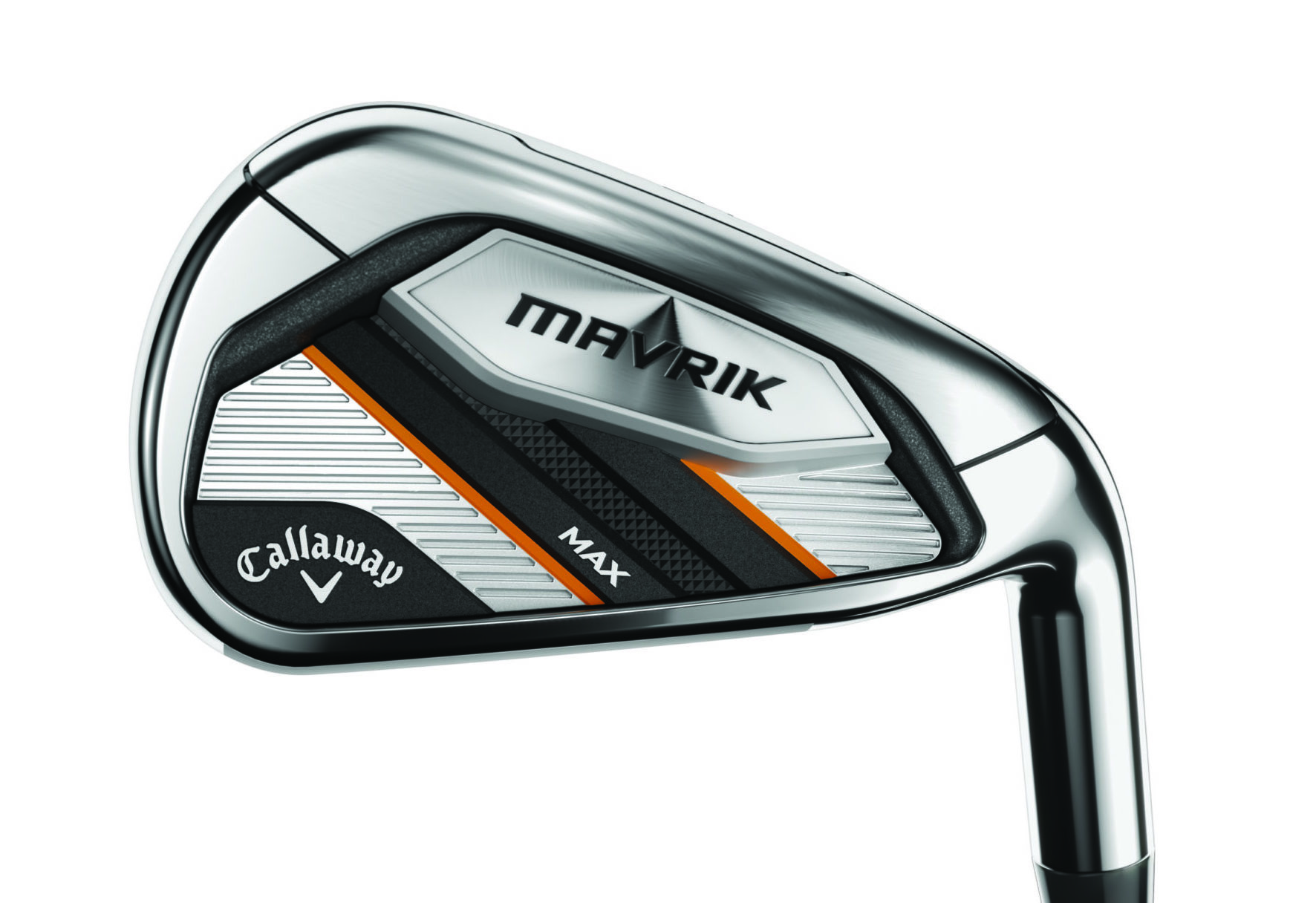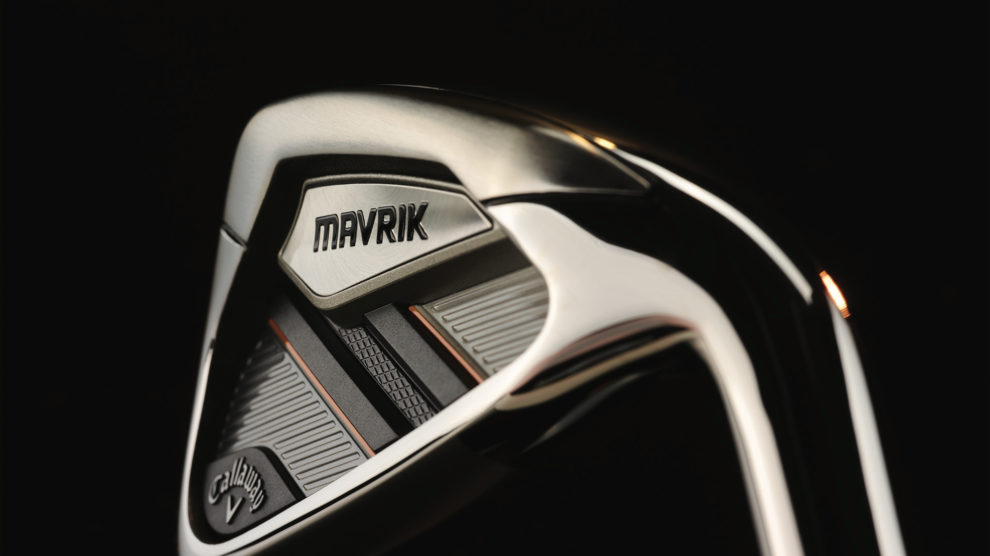The concept of an iron set is a bit of a misnomer, right?
Whether there are seven or eight or whatever number of pieces, each iron should truly be its own club that then functions are part of a larger cluster called the set. Modern golf design recognizes this, and sets are designed with each club complementing the others while serving their own purpose. As technology advances and learning improves, each iron can increasingly become more custom and stand out on its own.
Callaway is trying to take that a step further in 2020 with their Mavrik lineup of irons.
There are two big stories here, and they both center on this idea of more detailed designing.
Each iron is unique
The first story is around the design of each club. Each iron is treated uniquely, as it should be, and each 360 Flash Face Cup face on the Mavrik irons has been designed using a similar artificial-intelligence engine that developed the Flash Face technology debuted last year and improved in the Mavrik line of drivers.
Callaway engineers gave their modeling product the confines of what's legal and what can be done, as well the goals, and the package spit out unique designs for every iron. That means varying thickness of the face, where the weight is placed and more. The long irons are built for speed and high launch; the mid-irons are built for consistent speed and spin. The short irons are built around speed and precision for scoring clubs.
The company believes the cup-face design is better in working with the entire structure of the iron, and its purpose, like a comparable face insert, is to flex across the hitting zone to deliver maximum ball speeds and forgiveness.
On top of the Flash Face design for each cup face, Callaway continues to employ the Tungsten Energy Core concept, which allows them to use tungsten weighting specific to each iron and put it behind the face to drive down the center of gravity. The tungsten weights are effectively wrapped in a coating that's then bonded to more than 1 million urethane microspheres in each club to improve feel without hindering performance.
More sets from which to choose
The second story with the Mavrik irons is that, like with the fairway woods and hybrids, three different models from which to choose.

The Mavrik irons (as I like to call them, the OG, since they don't have a word after Mavrik) are the base model here. They feature stronger lofts, and they have the baseline sole and topline widths, as well some modest offset.

The Mavrik Pro irons feature more conventional lofts, less offset, a flatter standard lie angle on each iron, as well thinner toplines and soles. The aesthetic is more classic and should appeal to a "better" player.

The Mavrik Max irons are the oversized member of the family, with a bigger profile than the OG irons, a little more offset and a chunkier appearance. Oversized irons have become a thing in the 2020s.
All three iron families have stock shaft offerings from True Temper, KBS and Project X.
Fuerte lofts
There's been plenty of online conversation already about the strength of the lofts on these irons, particularly in the Mavrik model. The 4-iron comes in at 18 degrees, while the pitching wedge is at 41 degrees. The 2-hybrid iron I carry right now is 18 degrees, and that PW loft sounds like a 9-iron to me. However, the set has two gap wedges to get you to your other wedges in the bag.
Companies make the argument that the low and farther back they drive the center of gravity that loft is no longer just a function of a number on a chart but provides some lever to check the launch conditions of the irons. Low-and-back CG means longer and higher shots. Delofting, they say, takes some of that almost-too-high height to an optimal level.
Ultimately, whatever distance you hit each club doesn't really matter as much -- bringing this back to the beginning -- the whole set does its job for you with proper gapping. However, if you're getting into the Mavrik irons, particularly the OG, you're going to need to make some other choices in the clubs supporting either end of your bag.
The Callaway Mavrik irons are available Feb. 6 for $800 per seven-piece set in the OG and Max irons, with graphite shafts for $100 more. The Pro irons are $900 and only available in steel shafts.

